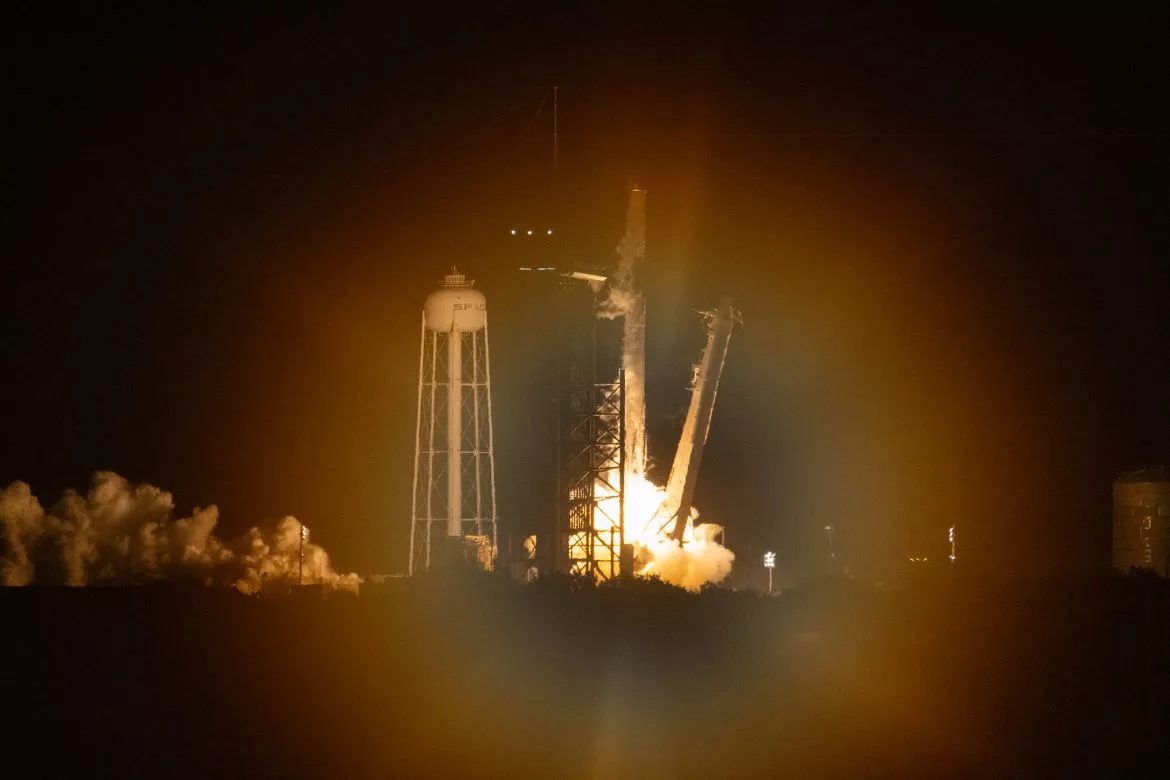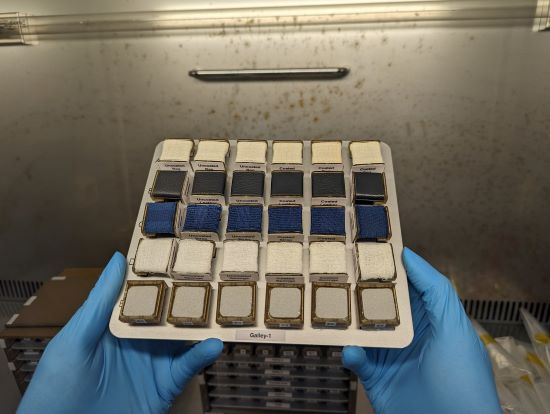Boeing Tests Anti-Microbial Coating for Long-Term Space Missions

As humans travel to Mars and beyond, where re-supply from and return to Earth is difficult to impossible, monitoring and controlling every aspect of life onboard spacecraft is essential, down to the tiniest microbes. With that goal in mind, global aerospace leader Boeing recently launched a project to the International Space Station (ISS) on SpaceX’s 29th commercial re-supply services (CRS) mission. The ISS National Laboratory®-sponsored project will test the effectiveness and durability of an innovative antimicrobial coating in space.
In the space environment, human-associated microorganisms that spread disease and infection can proliferate, mutate, and may even become more resistant to antibiotics. This can pose a risk to crew health and the integrity of spacecraft systems. Boeing partnered with researchers at the University of Queensland to develop a polymer coating that is designed to fight the spread of bacteria and viruses. Building on a previous experiment onboard the space station to test the coating’s effectiveness, the new investigation will test it across several different surfaces and areas of the orbiting laboratory.
"The team is specifically interested in testing the coating’s durability and performance against microbes deposited by touch and through the air," said David Corporal, Research Engineer for Boeing.
“We are looking at that long-duration microbial protection in space, and you just really can’t simulate that kind of long-term microgravity and radiation levels in an environment on Earth,” Corporal said. “We had good results during our first flight, and now we’re going back with lessons learned to test this technology more broadly across the space station. This is to further hopes of eventually reducing the microbial burden on long-term space missions for crew and systems, as well helping reduce any contaminations of other worlds that may be visited in the long run.”
For the experiment, several aluminum placards will be placed in four locations on station, including the galley, the toilet, and the workout and hygiene areas. Each placard contains various materials representative of several spacecraft interior surfaces, including antimicrobial-coated and uncoated surface samples. Swabs are used to collect microbes on these surface materials and will be returned to researchers on Earth for testing. The research team will analyze microbial growth rates and surface cleanliness and review crew feedback.

The results could have far-reaching implications for future space missions, including those to the Moon and Mars, and life on future commercial space stations. By developing effective antimicrobial solutions for space environments, Boeing and its partners are helping pave the way for safer human exploration beyond Earth's orbit. Still, the coating’s benefits are not limited to space, said Scott Copeland, director for ISS research integration at Boeing.
“By stress testing this technology against the microbial conditions in space, we can also explore its potential use in high-traffic areas that serve as disease vectors on Earth, like movie theaters or other enclosed spaces,” he said.
SpaceX CRS-29 launched on November 9, 2023. This mission included multiple ISS National Lab-sponsored payloads. To learn more about the ISS National Lab-sponsored payloads research on this mission, visit the launch page.
*All images courtesy of ISS National Lab.
Looking for a reprint of this article?
From high-res PDFs to custom plaques, order your copy today!







